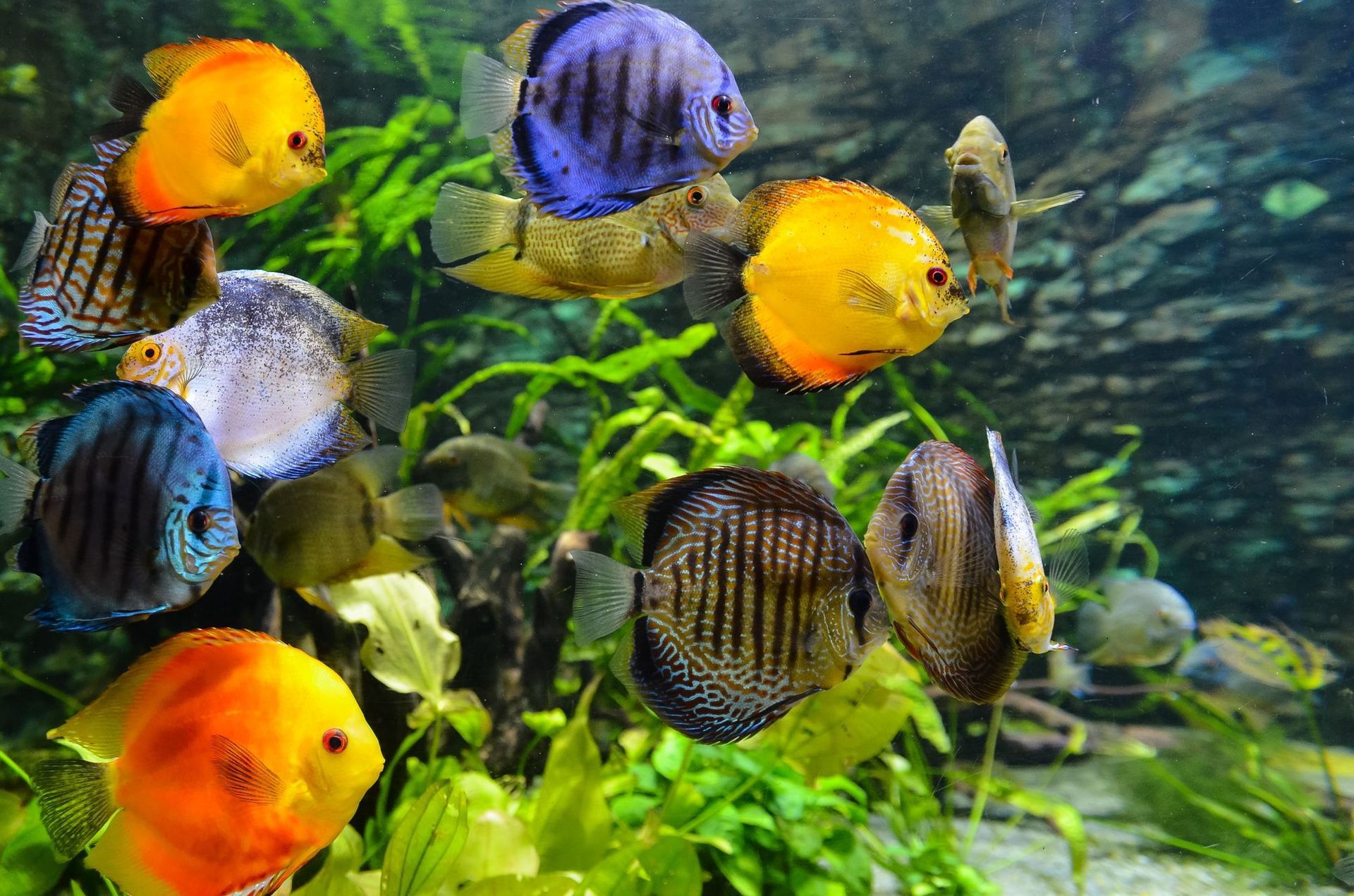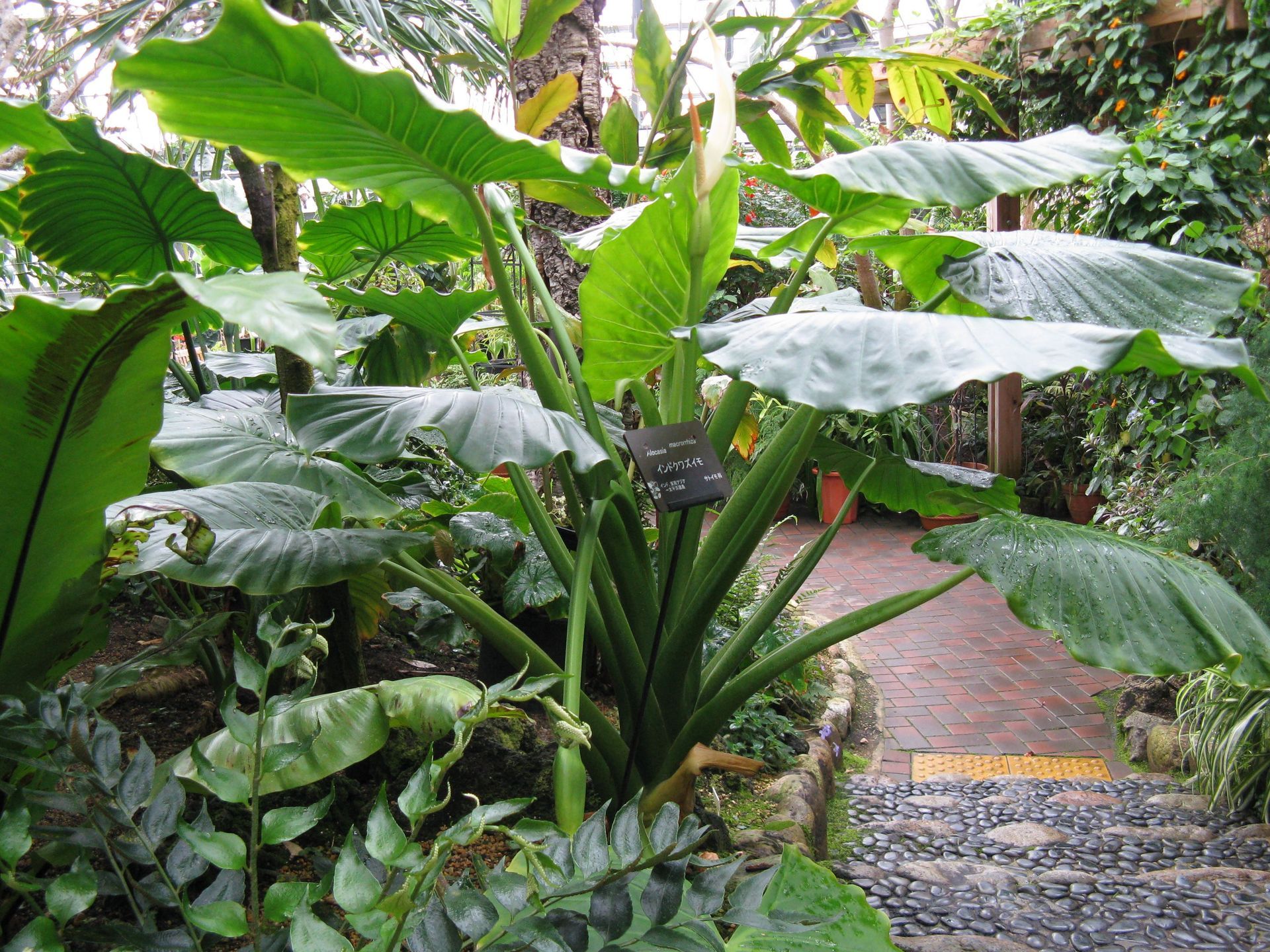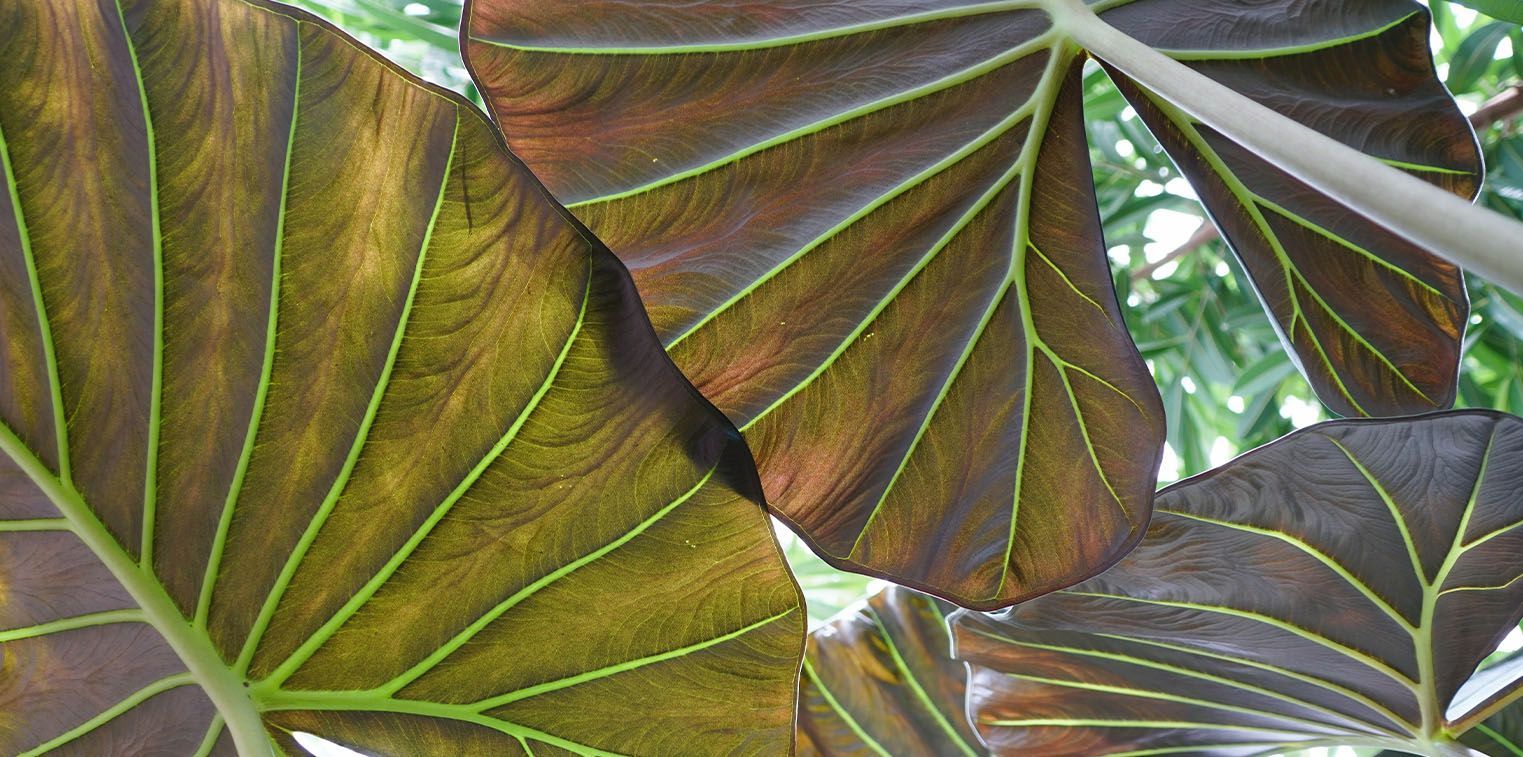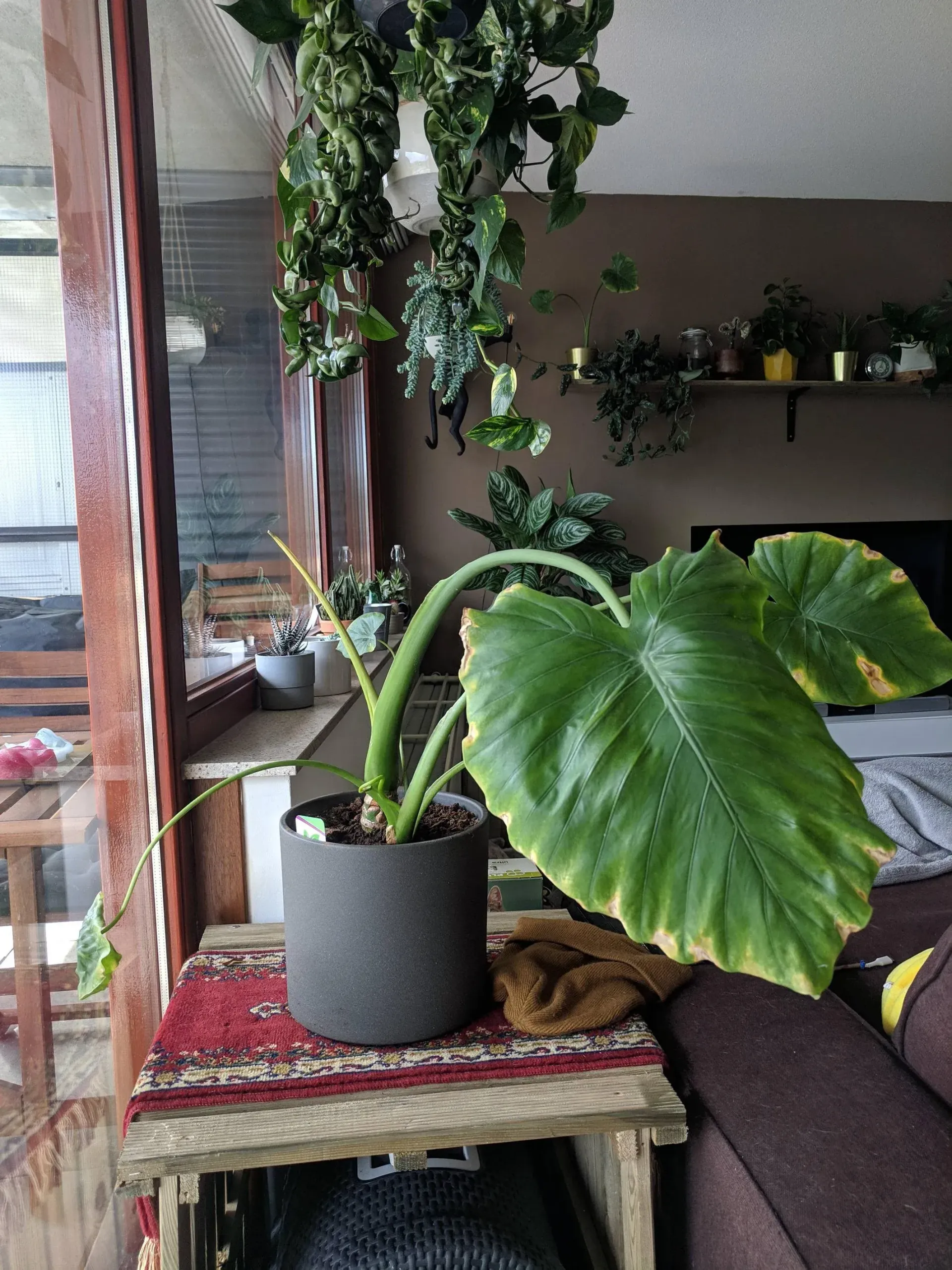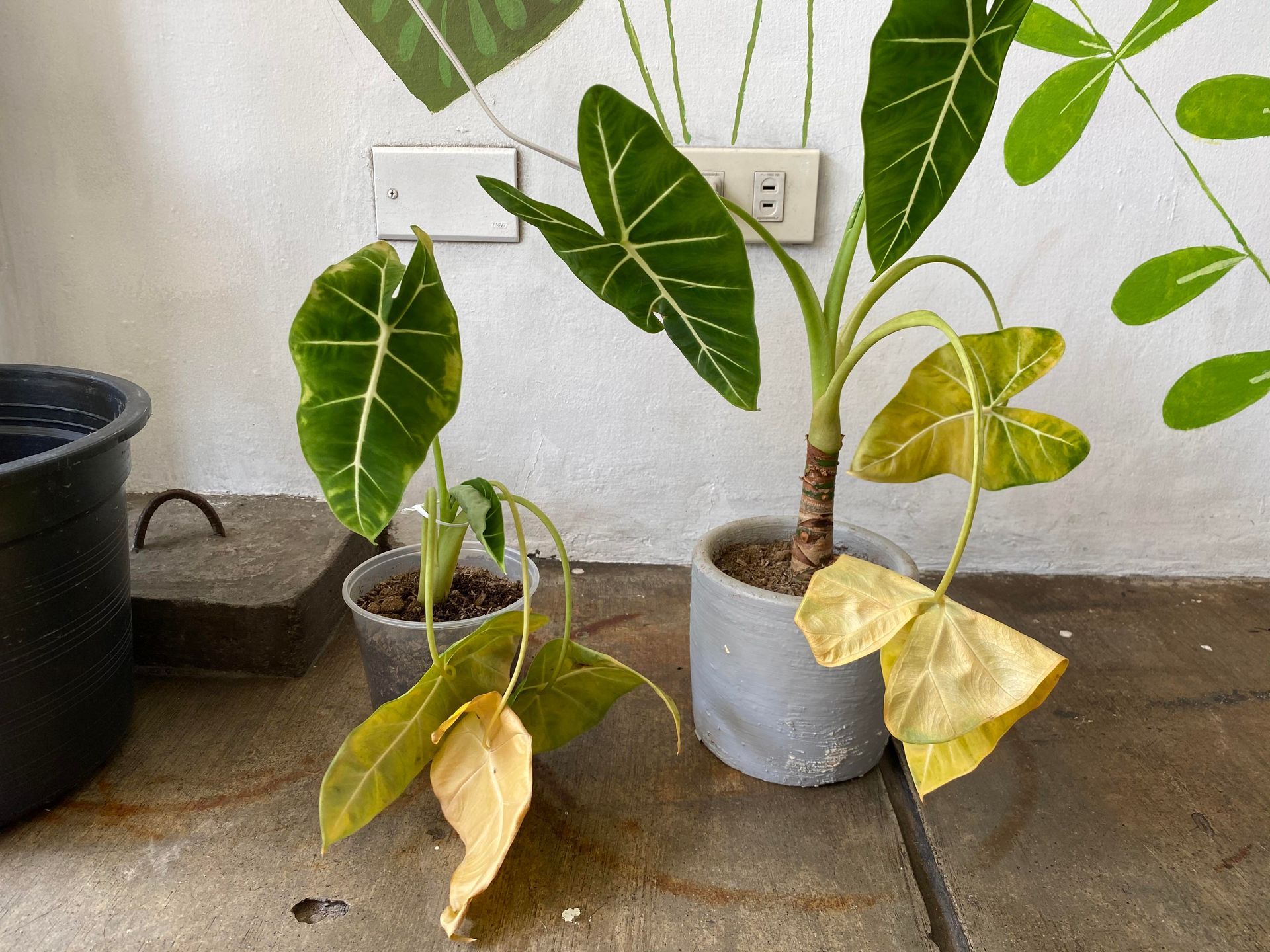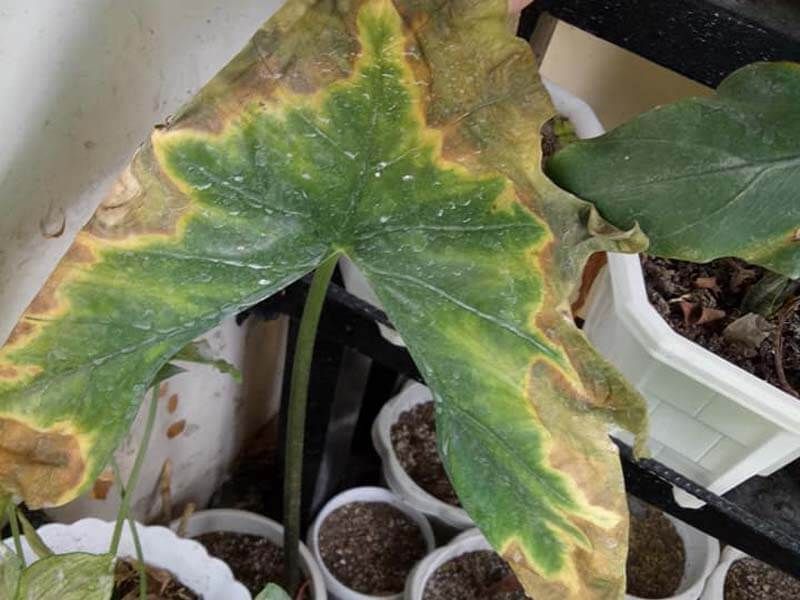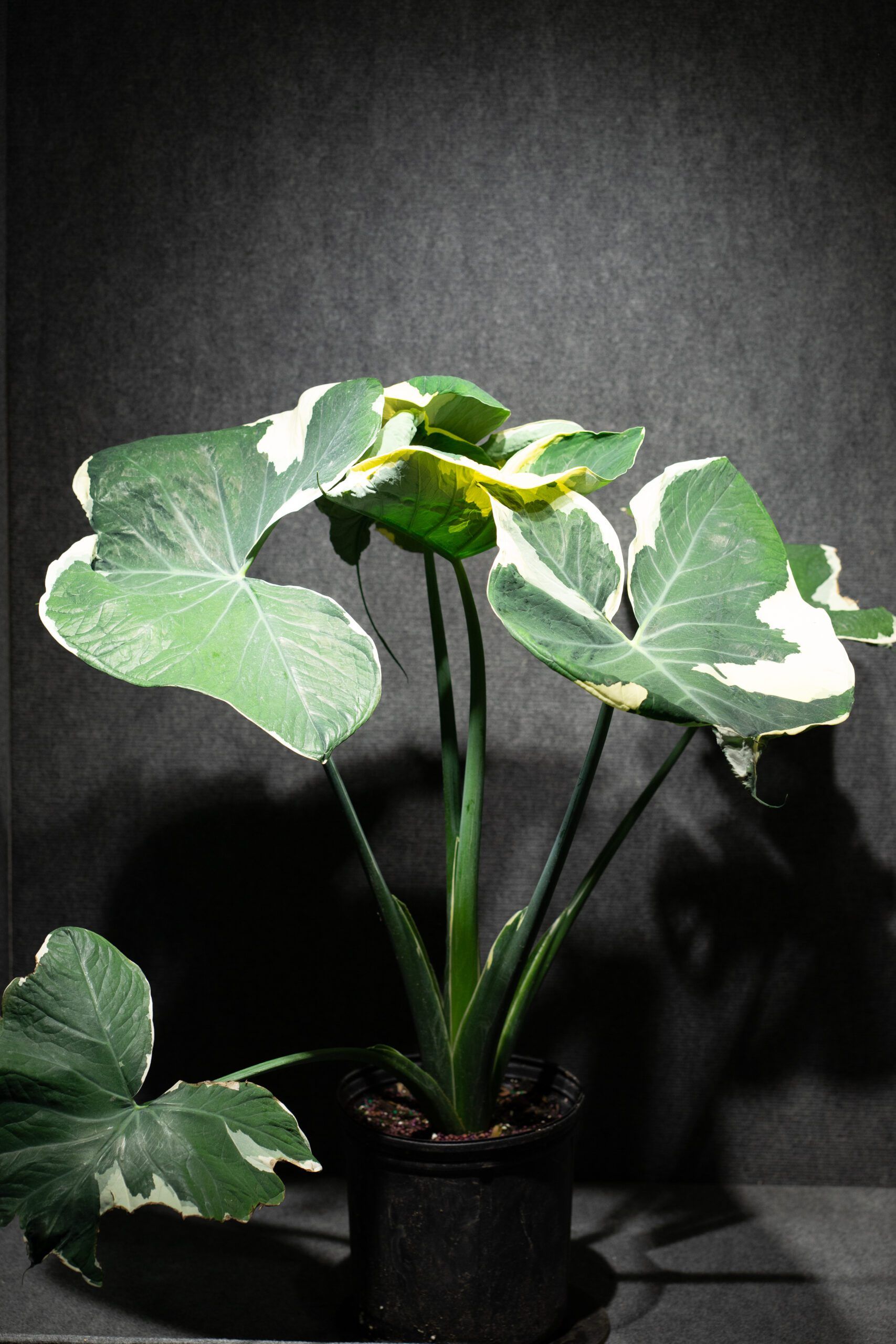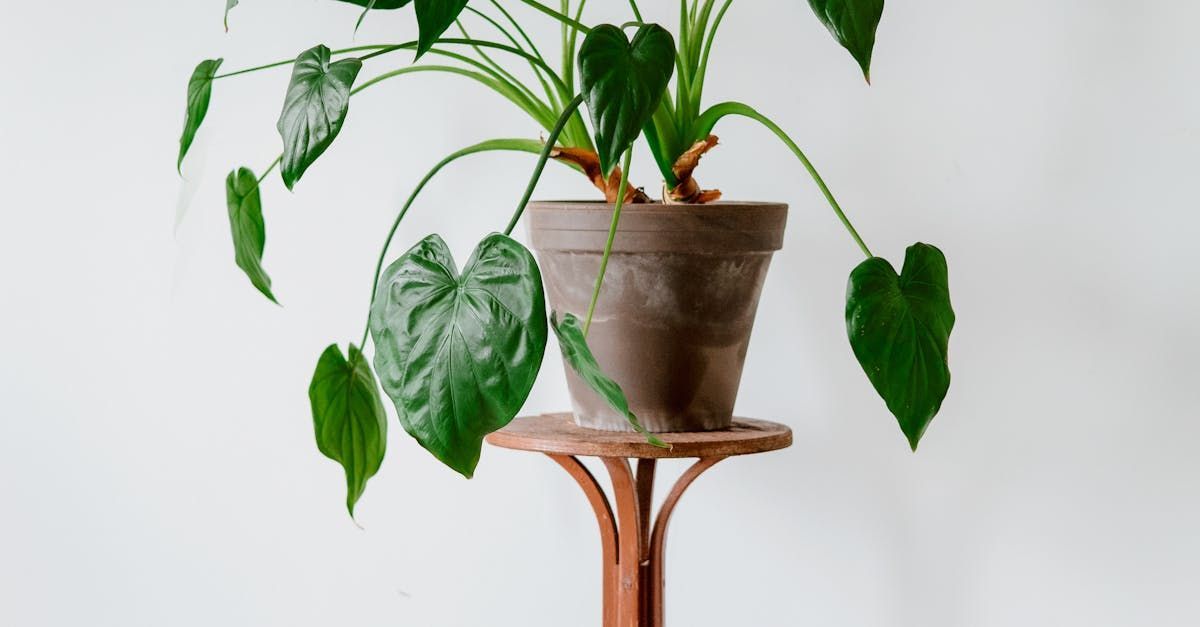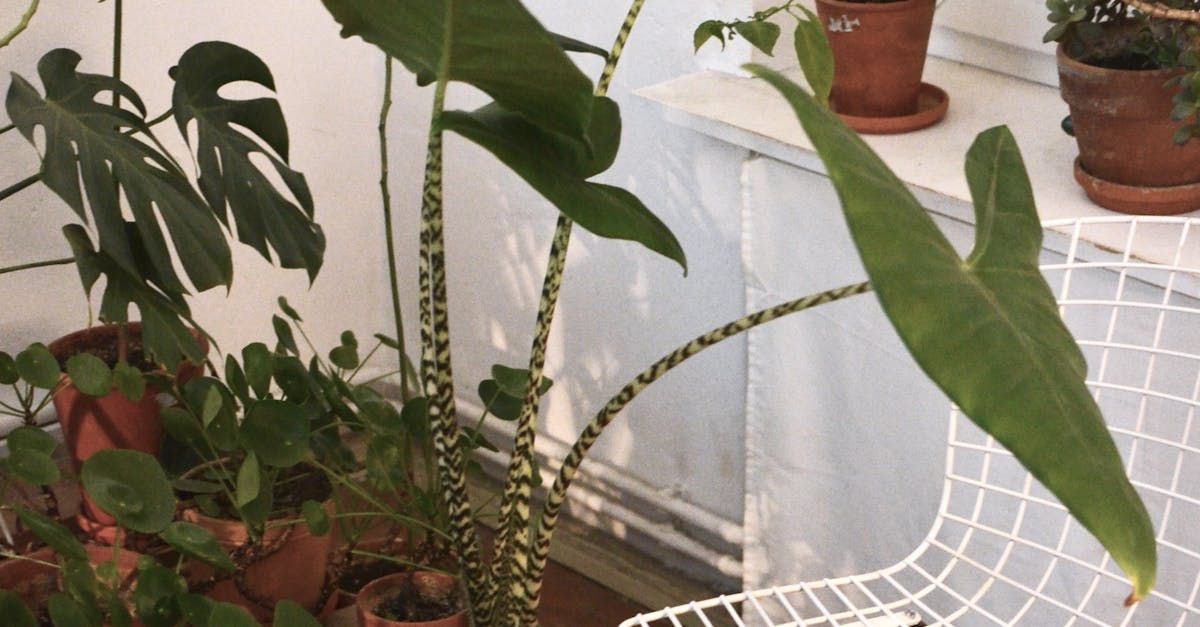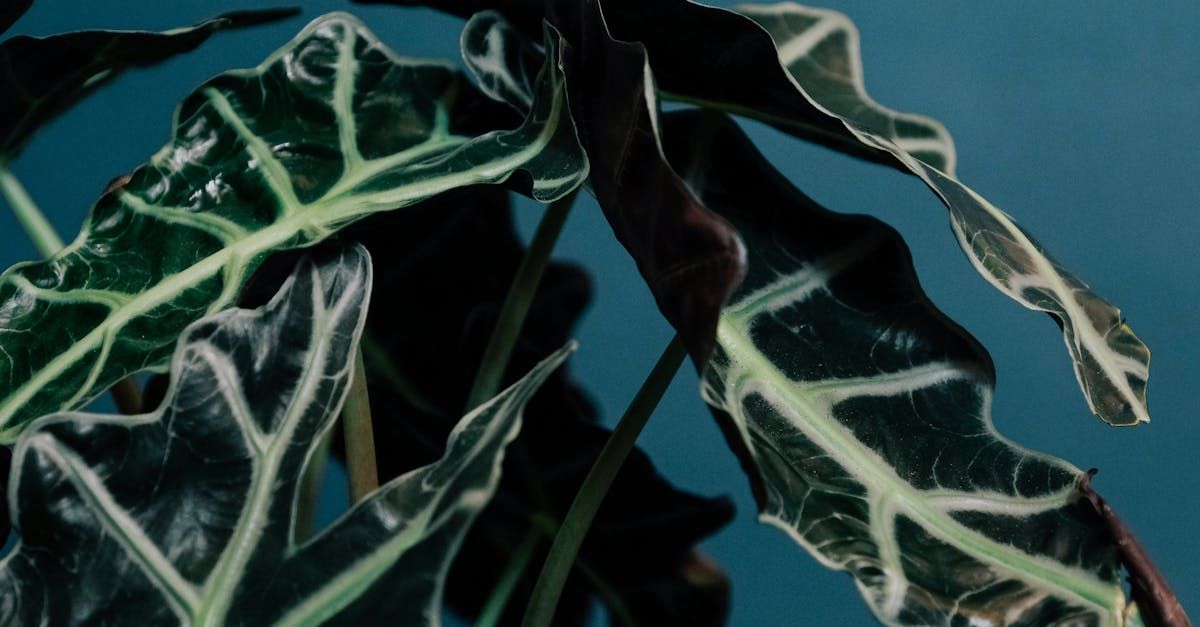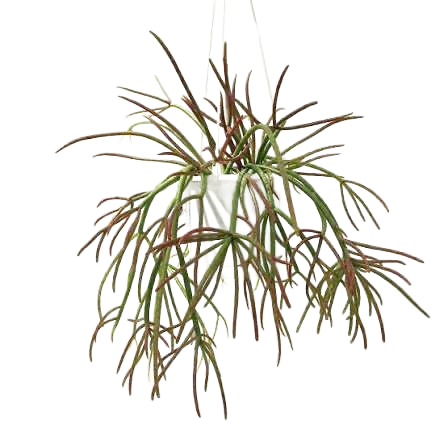Alocasias WHY ....
Can Alocasias really bring us happiness if we live in Gippsland ?
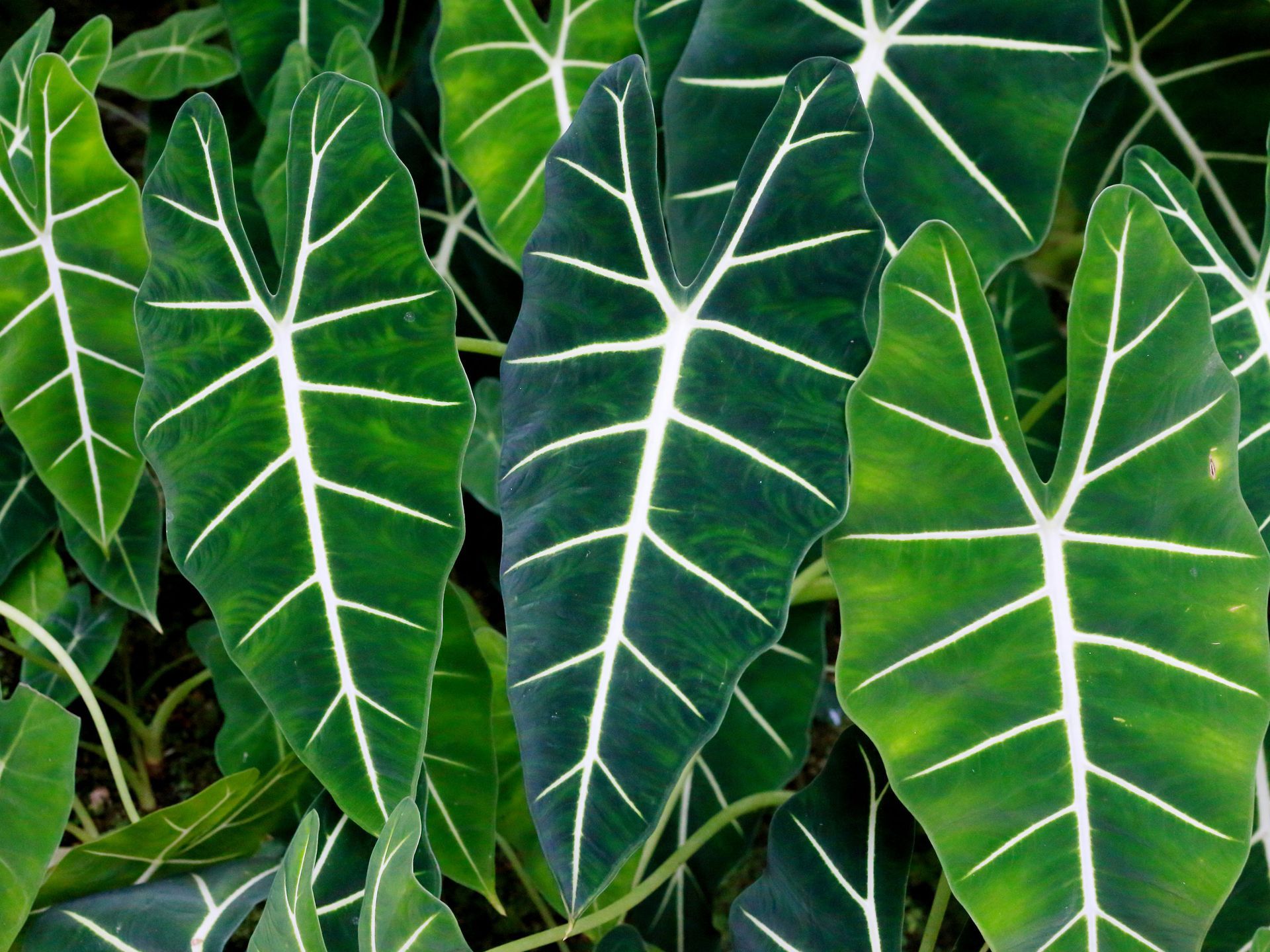
Caring for Alocasias Over Winter in Cold Climates
Alocasias, with their striking, large leaves, are a favourite among plant enthusiasts but if we live in Gippsland there are a few things we really need to do or know about them before we fill our homes with them
Firstly ; move to Darwin (that's where they will be happier)
Secondly ; Don't buy them, that way they can not torture you
Thirdly; Understand its them, not you. Well it is you as you chose to purchase one then expect it to grow in an environment they hate.
Ask yourself - would you buy tropical fish from the pet shop and put them in your cold pond ???? Hmmmmm
Then ask yourself would you buy a tropical, big leafed plant with huge emotions such as an alocasia and put them in your cold house??
Basically, these tropical beauties are not accustomed to temperatures below 12 degrees Celsius. As the temperature drops, they often die down to protect themselves, particularly overnight when the cold is most intense. Understanding their needs during winter is crucial to ensuring they survive and thrive come spring.
Understanding Alocasia Behaviour in Winter in Gippsland
1. Temperature Sensitivity: Alocasias are sensitive to cold. When temperatures dip below 12 degrees Celsius, the plant's natural response is to die back. This dieback is a survival mechanism, allowing the plant to conserve energy and protect its core.
2. Moisture Management: One of the biggest challenges with Alocasias in winter is balancing moisture. Their large leaves need humidity, but the bulb and root ball must stay relatively dry to prevent rot. Overwatering in cold weather can be fatal.
3. Light Requirements: Lower light levels in winter mean Alocasias can't photosynthesize as efficiently. This often results in older leaves dying off as new ones try to grow, with the plant lacking enough energy to maintain all its foliage
Tips for Winter Care
1. Maximize Light Exposure: Place your Alocasia in the brightest spot available, winter sun is great BUT remember though once the sun heats up (over 25 degrees) ensure the alocasia is not in the direct sun.
2. Manage Moisture Carefully: Water sparingly during winter. Ensure the soil is well-draining, make sure the root ball below the top few inches of soil is also dry before re watering. NEVER let a potted alocasia sit in water, during winter as this can lead to root rot. Invest is a moisture metre to ensure you really know how moist it is around the root ball. Just $12 if collected from Greener Life Inverloch.
3. Humidity Control: While the roots should stay relatively dry, the leaves still appreciate some humidity. Place the plant on a tray of pebbles with water to increase the ambient moisture without soaking the soil or place damp coconut fibre around the base of the plant.
4. Handling Dieback: If your Alocasia dies back completely, don't panic, it's gone dormant. Carefully dig up the bulbs and inspect them. Store healthy bulbs in a cool, dry place until spring. This prevents rot and allows the plant to rest.
5. Check for Pests: Regularly inspect your plant and treat any infestations promptly as applicable. Chat to the team at Greener Life Inverloch for the best plant care tips for helping indoor plants thrive in cold climates
6. Temperature Control: Try to keep the indoor temperature as consistent as possible. Avoid placing the plant near drafts, heaters, or windows that get cold at night.
By understanding the unique needs of Alocasias during winter, you can help ensure their survival and encourage robust growth when the warmer months return. With careful attention to light, moisture, and temperature, your Alocasia may emerge from winter healthy and ready to thrive.
We would love to say these tips will work with all of your alocasias but remember there are currently 97 accepted species of alocasia (current at time of writing blog), most are native to tropical and subtropical Asia and Australia, some are far more cold and damp sensitive than others and some really can not deal with the fluctuations in growing conditions such as the micro climates homes in Gippsland create. When purchasing an alocasia, know what you are in for, ask the seller how cold sensitive they are and worst case - treat them like a bunch of flowers that will hopefully live for at least 3-6 months ........
PS our last piece of advice ....... if you live in Gippsland or Southern Australia only buy alocasias from Spring through to Autumn.


